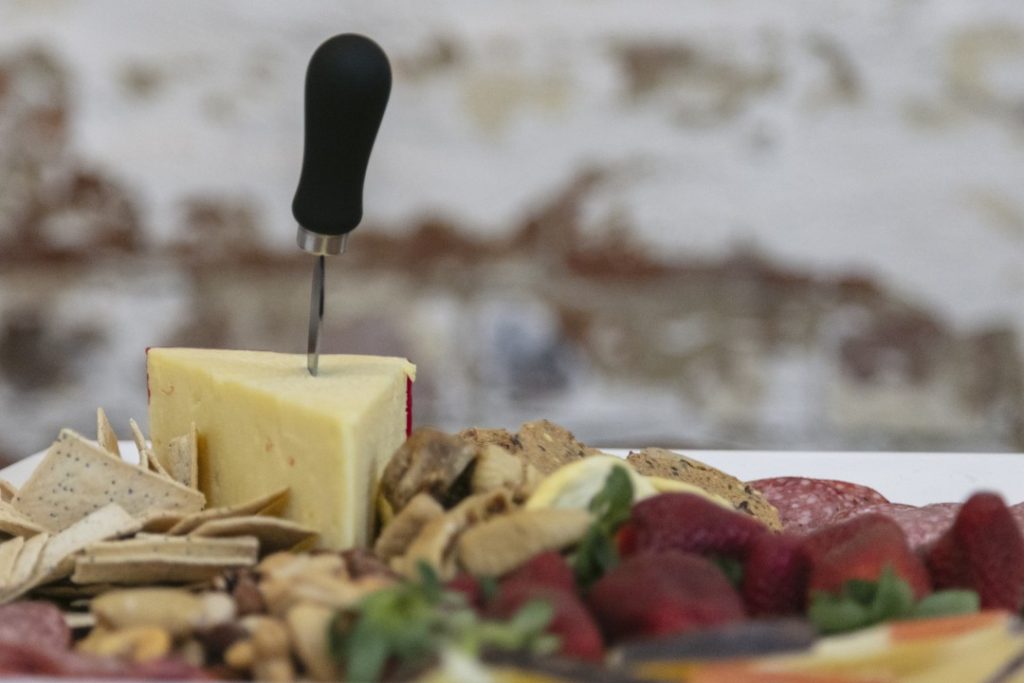
One of the most common questions I get is around matching wine to food. In this article I’ll talk about how to know when the right wine is matched with the right food – that’s where the magic happens and they become more than the sum of their parts. In future articles I’ll cover matching wine to specific cuisines, but let’s start with a general introduction to the basics of wine and food pairing.
There are some general rules that work well, but the rules are not always hard and fast. For example you’ve probably heard you should match white wine with white meat and red wine with red meat. Whilst this is a good general guide it’s important to look at all aspects of the dish. So grilled chicken does go really well with a white wine, but as soon as you put a red sauce on it like chicken cacciatore, it tends to match better with a light red wine which compliments the richness of the tomato flavours.
It’s also important to not just think of any red or white wine, but to also consider the elements in the wine itself. For example both acid and tannin in wine are great for cutting though fatty food. That’s why at a recent Get Wine Confident event I matched salami with an acidic white wine, and everyone agreed that the acid in the wine went really well with the fat in the salami. The acid was softened by the fat, and the salami didn’t seam so fatty as the acid toned it down … it was a very pleasant combination. This is also why red wines with tannin go so well with a a juicy steak. The tannin in the red wine cut through the fat and softens the wine at the same time, making both more enjoyable. The same goes for red wine and hard cheeses where the butter fat in the cheese is balanced by the tannin in the wine … a tannic red matched with an aged cheddar is my favourite.
Try also to match the weight of the wine with the weight of the food. A light zesty Riesling goes better with seafood than a big buttery Chardonnay which would be better with a dish with a creamy sauce. The same goes for red wine – a light red like Pinot Noir goes better with Duck, whilst Cabernet Sauvignon is a good match for a lamb roast or beef bourguignon.
With desert there is one simple rule … the wine needs to be sweeter than the dessert. This means that a late harvest or botrytis wine is often the best choice as most deserts are quite sweet. Having said that I often break this rule and have been known to serve a big Barossa Shiraz with a platter of hard cheese, dried fruit and very dark chocolate at the end of a meal … who needs sugar on sugar at the end of a big meal?
Now there are some foods that are difficult to match to food. Salty food (anchovies, tapas, salty cheese, etc) is particularity difficult as the acid and tannin in the wine has a tendency to clash with the salt. But there is a particular type of wine – dry sherries – that are an excellent match … very different to the sherries your grandmother used to drink. Curries are another difficult match which is why people usually drink beer, but there are some light reds that work well. Spicy food can also be a challenge, but I’ve found that white wines with a little residual sugar can balance that chilli burn nicely. I’ll share more on this in future articles when I introduce matching wine to specific cuisines, as well as great matches for vegetarian and vegan food.
So if you are just starting out on your wine and food pairing here are some great combinations to try:
- Riesling and seafood (especially prawns);
- Chardonnay and chicken;
- Pinot Noir and Duck;
- Cabernet Sauvignon and Lamb;
- Shiraz and Steak.
Explore these combinations and let me know how you go. But remember: rules are made to be broken. Half the fun is experimenting to see which combinations work for you. And don’t forget to sign up to our members mailing list on our website for more great information and exclusive wine deals.
Cheers,
Antony.

